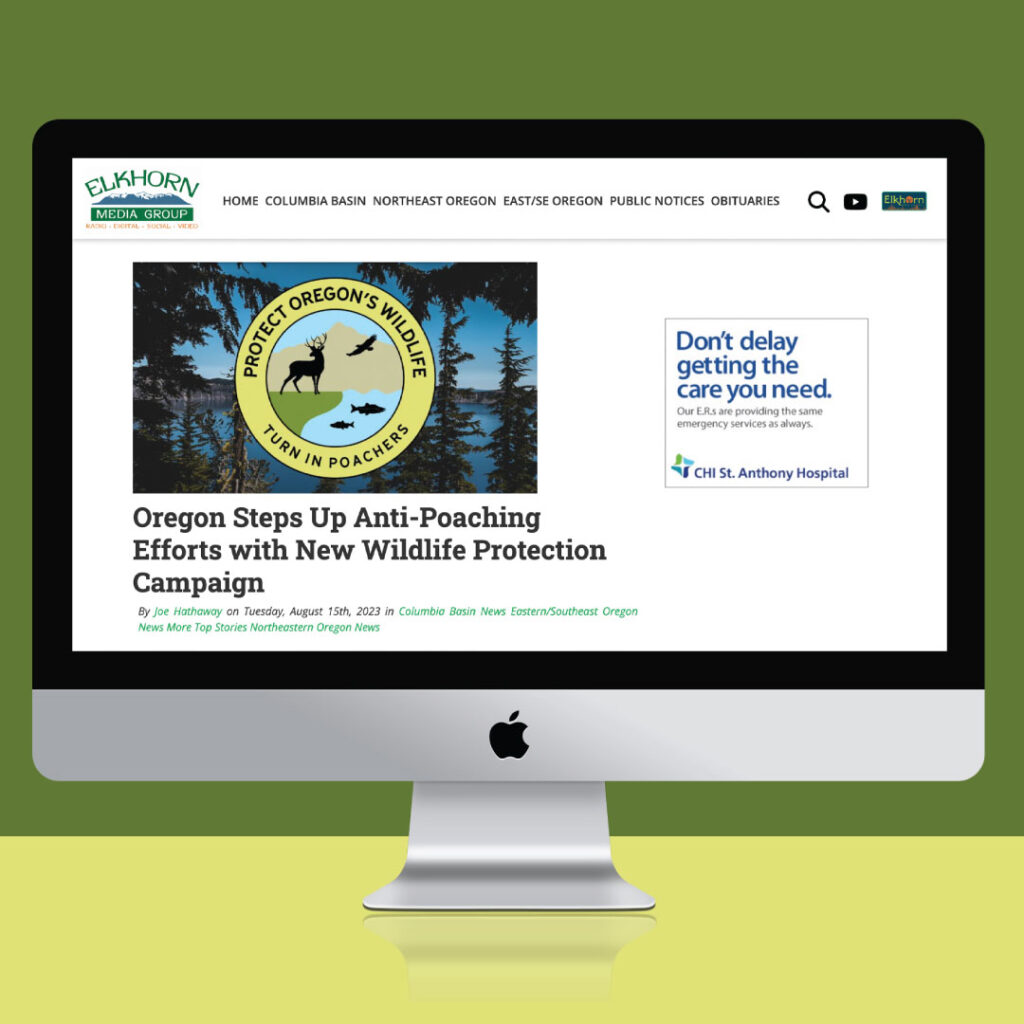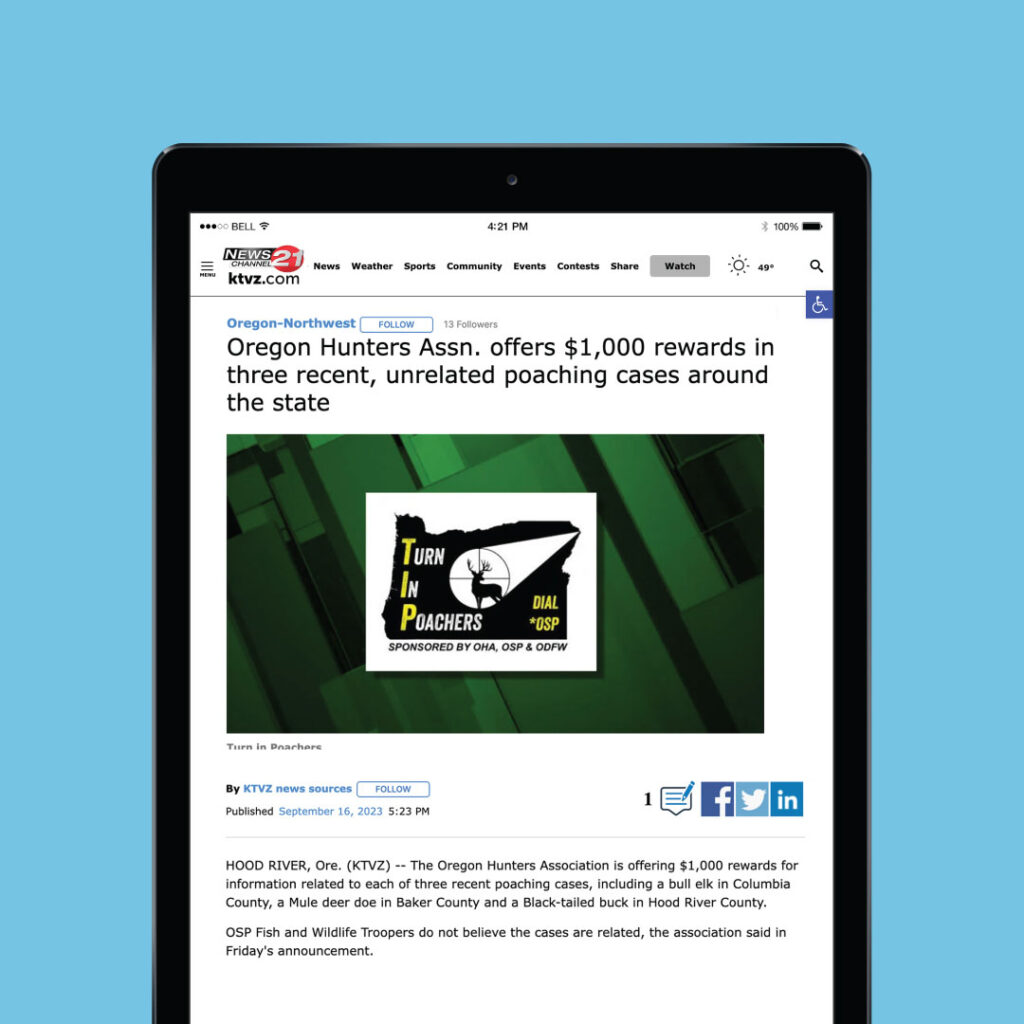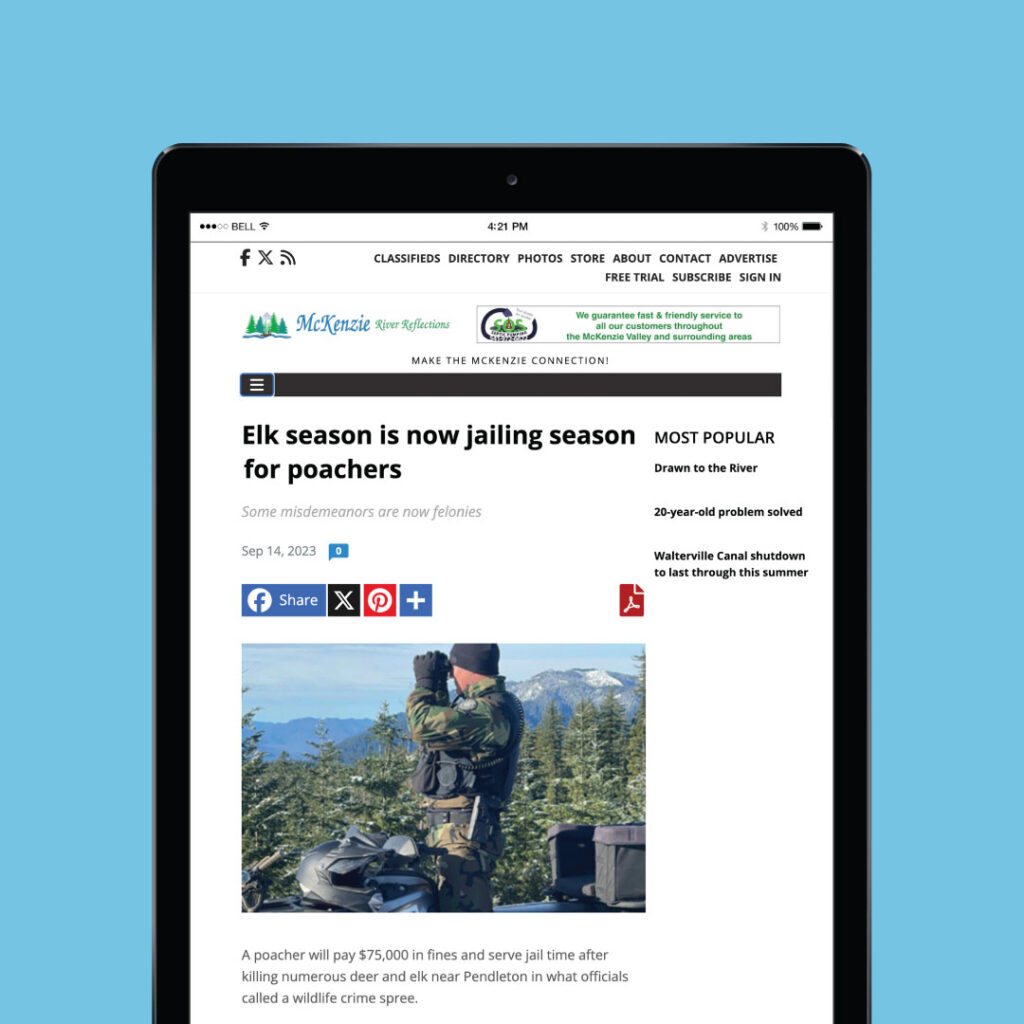CASE STUDY
Oregon Department of Fish & Wildlife:
Using integrated marketing to protect Oregon’s wildlife
Services: Communications Strategy / Creative Services / Digital Marketing / Public Affairs / Research
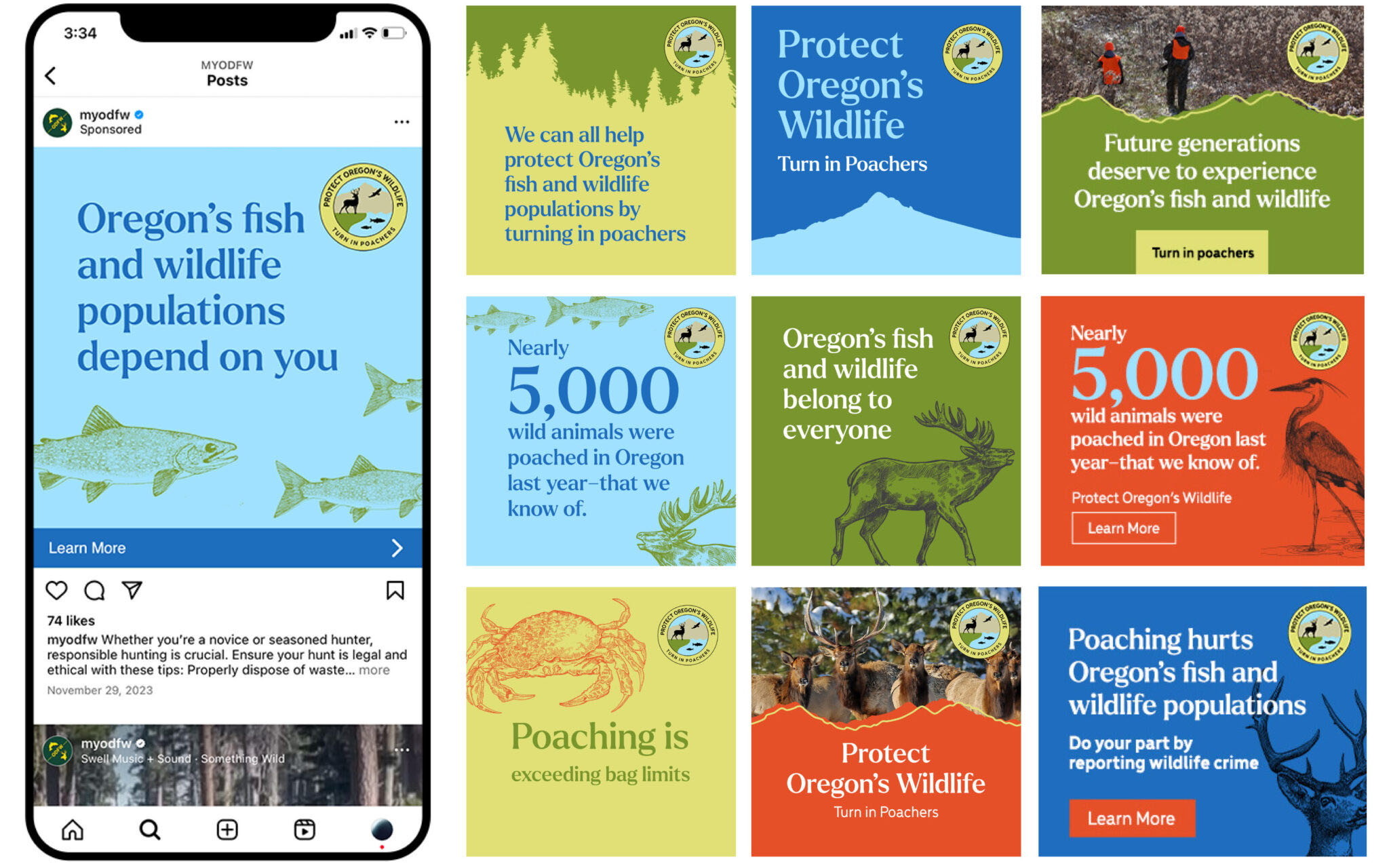
The Opportunity
In 2019, Oregon conservation groups united to combat the threat of poaching against the state’s fish and wildlife habitats. This collaborative effort resulted in the passage of Oregon House Bill 3087, allocating funds for an anti-poaching initiative. The goal was to strengthen poaching prosecution and raise awareness through marketing communications. Quinn Thomas, in partnership with Oregon Department of Fish and Wildlife (ODFW), Oregon State Police Fish and Wildlife Division (OSP), and the Oregon Dept. of Justice, was chosen to lead a statewide anti-poaching awareness campaign.
The Brand
Drawing inspiration from Oregon’s geography and wildlife, Quinn Thomas’ creative department used survey findings and community feedback to shape brand identity of Protect Oregon’s Wildlife – Turn In Poachers, design a campaign website, and develop persona-specific ad concepts. To maximize outreach, marketing materials were created in English and thoughtfully transcreated for Spanish and Russian residents.
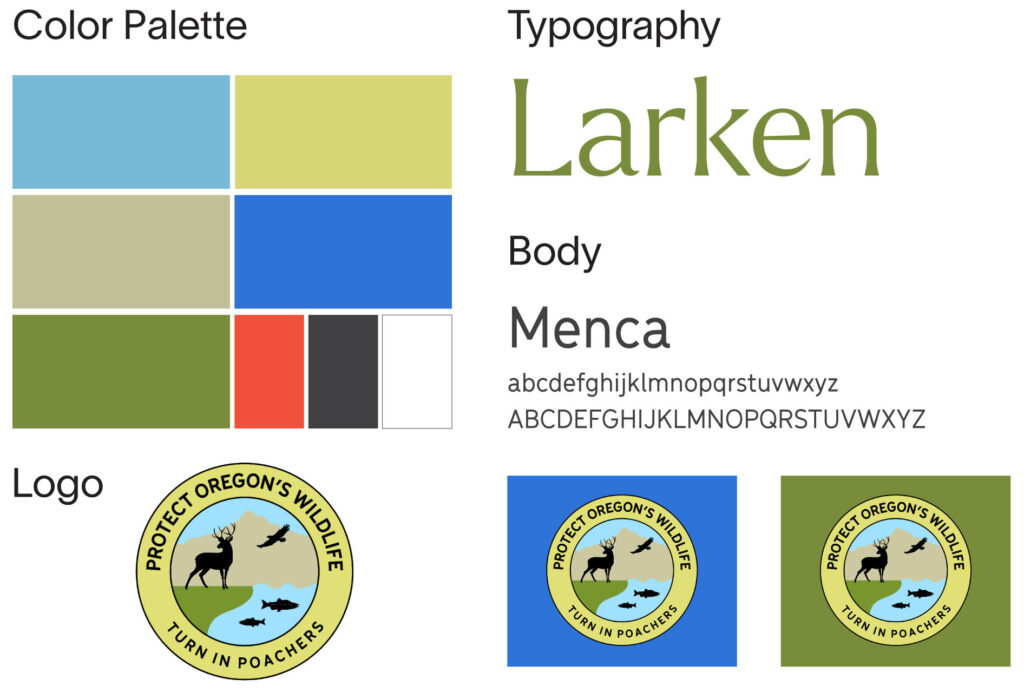
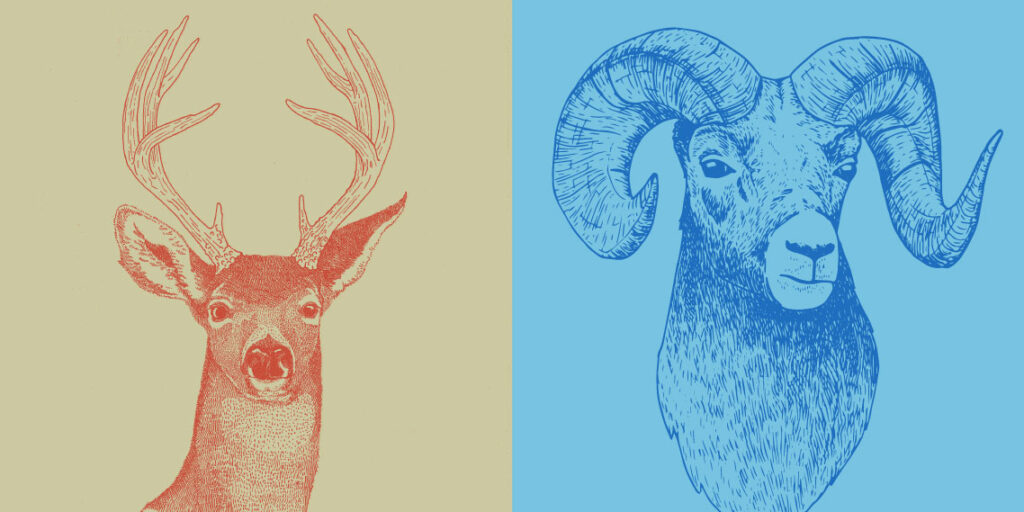
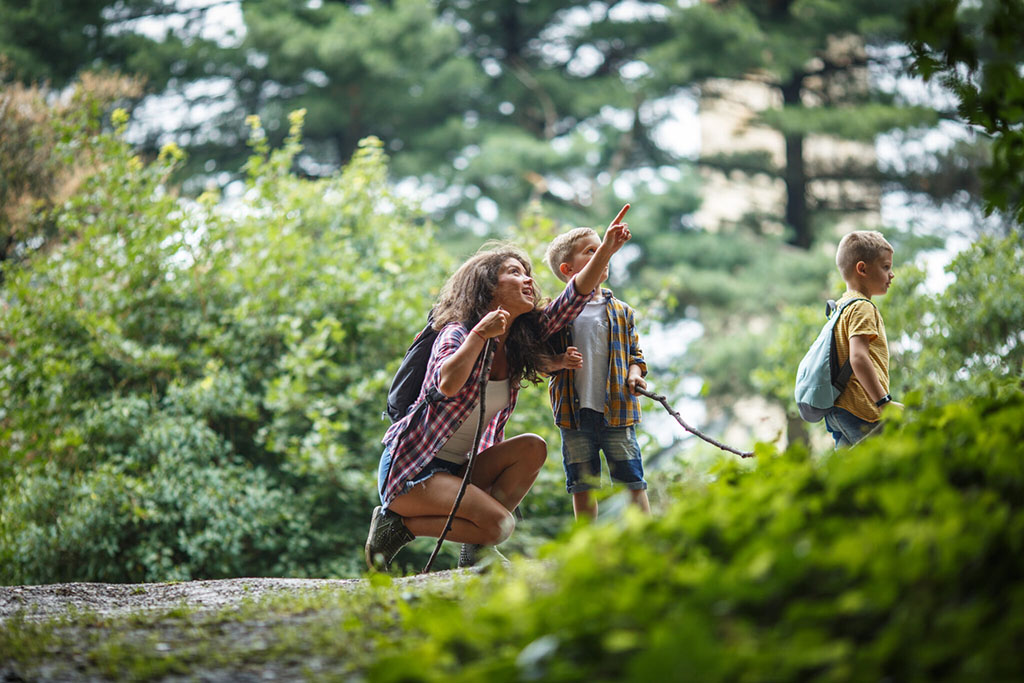
The Approach
Quinn Thomas targeted three personas for the anti-poaching campaign: Hunters/Anglers (high poaching awareness), Conservationists (some awareness), and Recreationists (low awareness). All messaging, visuals, and ad channels were developed with the 3 personas in mind, each customized according to the personas’ unique behaviors and traits to maximize reach and resonance.
The integrated 90-day marketing strategy leveraged four key channels: paid media, owned channels, earned media, and stakeholder outreach. The paid media campaign utilized digital and traditional channels such as social ads on Facebook/Instagram, programmatic ads on online news sites, pre-roll and Connected TV video ads, print ads, billboards in poaching hotspots, and influencer partnerships. All channels directed traffic to the Protect Oregon’s Wildlife website, serving as the central anti-poaching hub and offering information on identifying and reporting poaching through monthly blog posts.
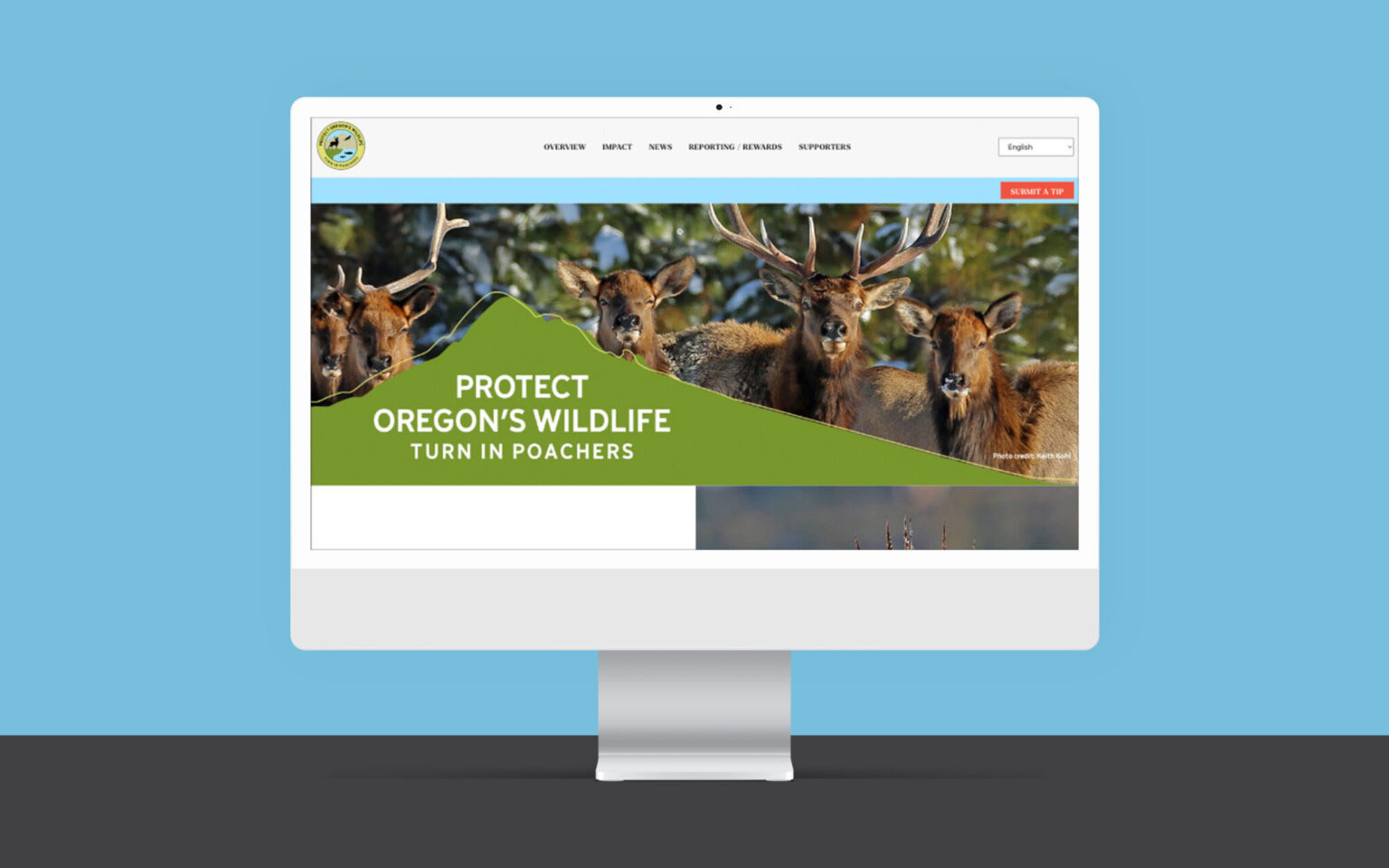
To view the website visit ProtectOregonsWildlife.com
We needed an awareness campaign that would reach the very broad audience of Oregonians likely to encounter wildlife. Quinn Thomas has guided these efforts to some impressive results across multiple media channels. Their design concepts are testing well across our Oregon audiences, and the team is easy to work with.
–Yvonne Shaw, Protect Oregon’s Wildlife, Turn In Poachers Campaign Coordinator, ODFW
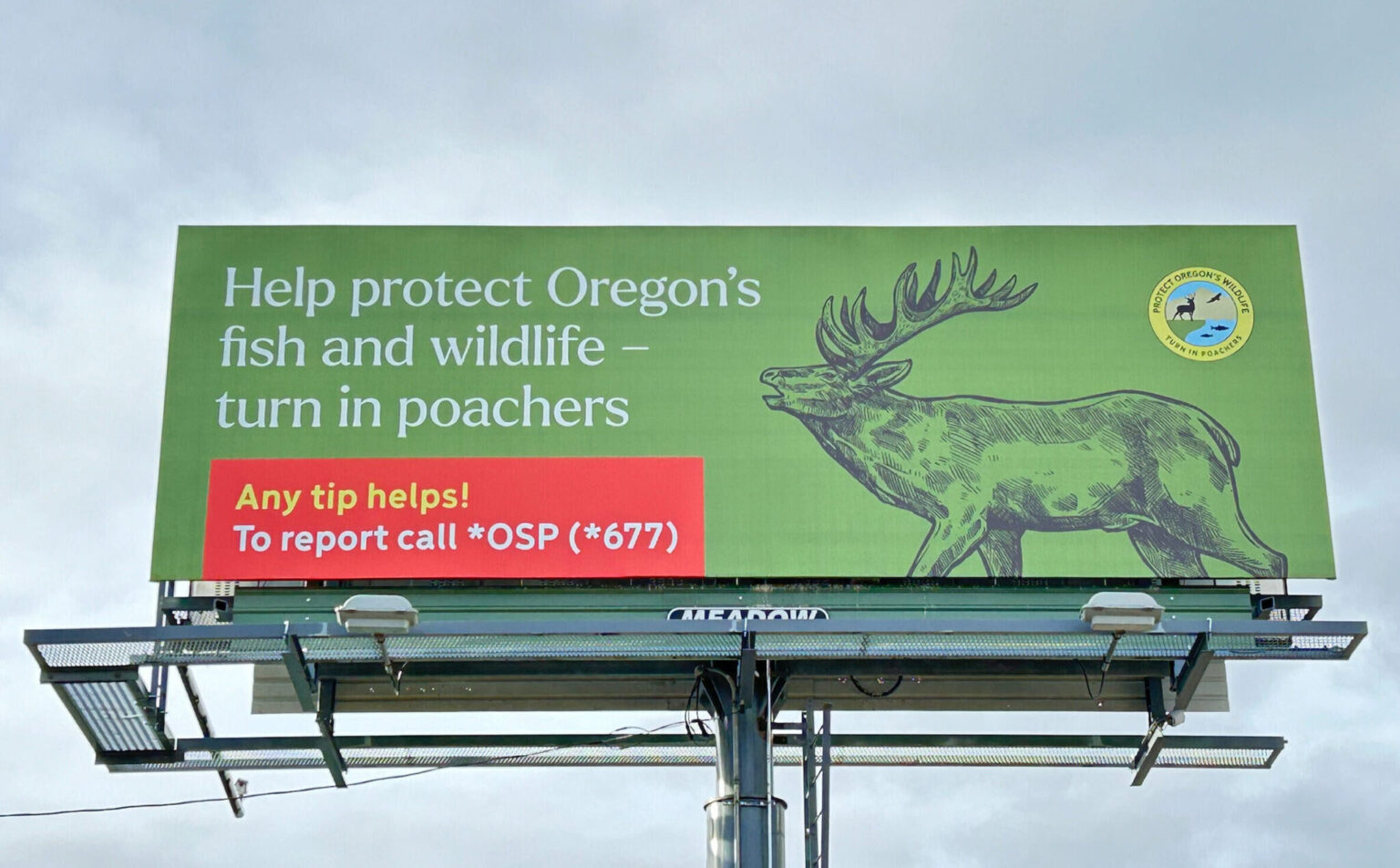
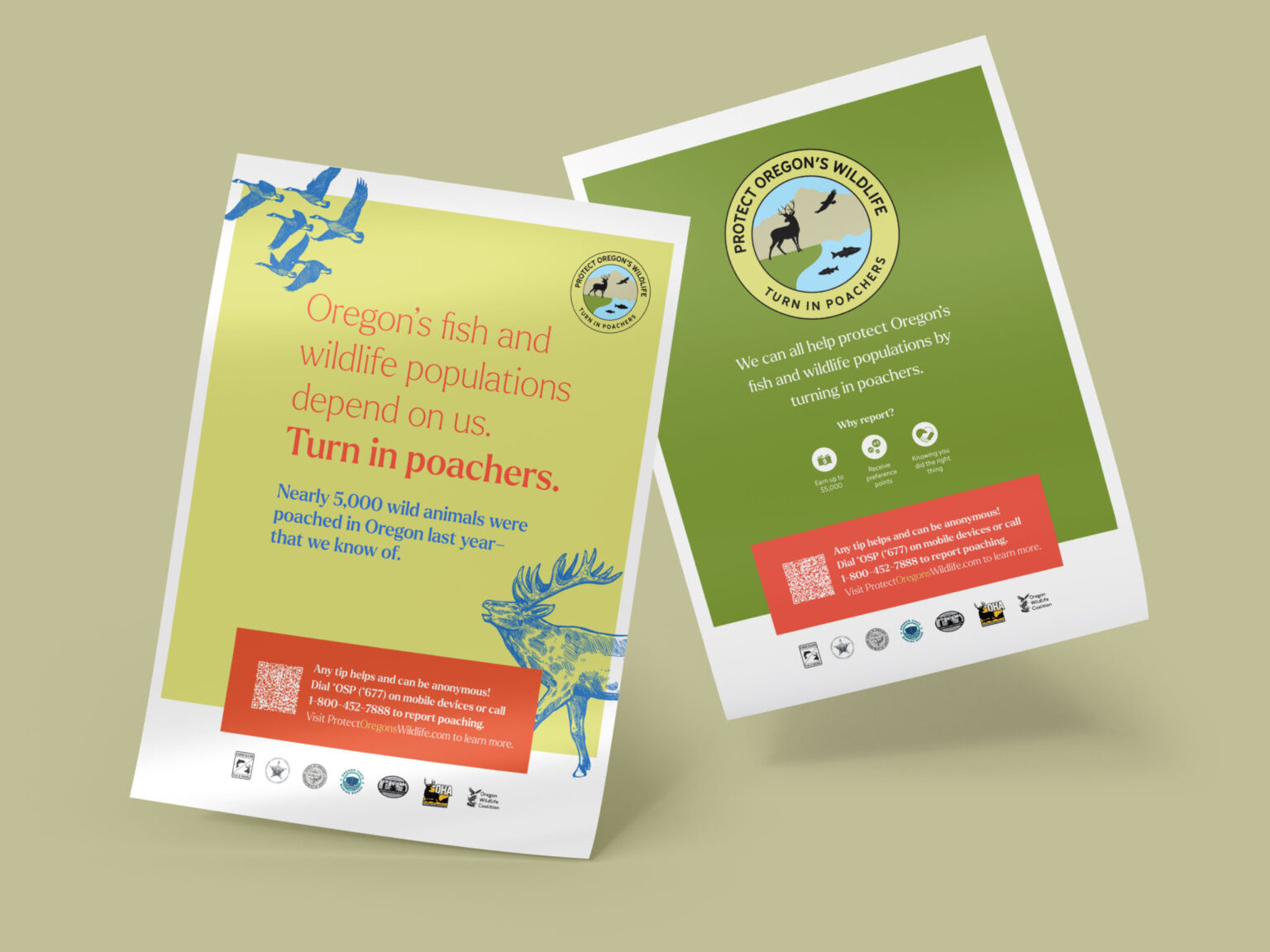
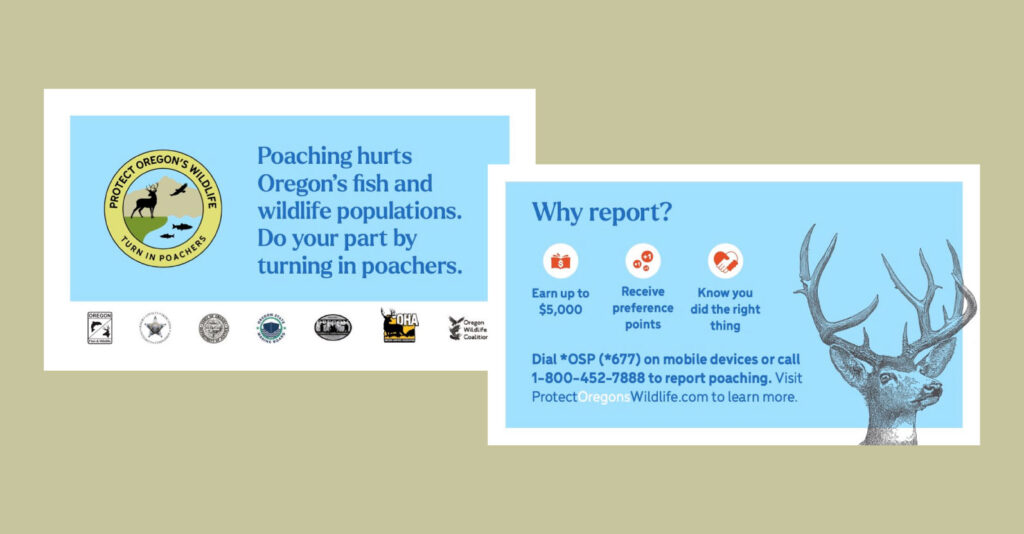
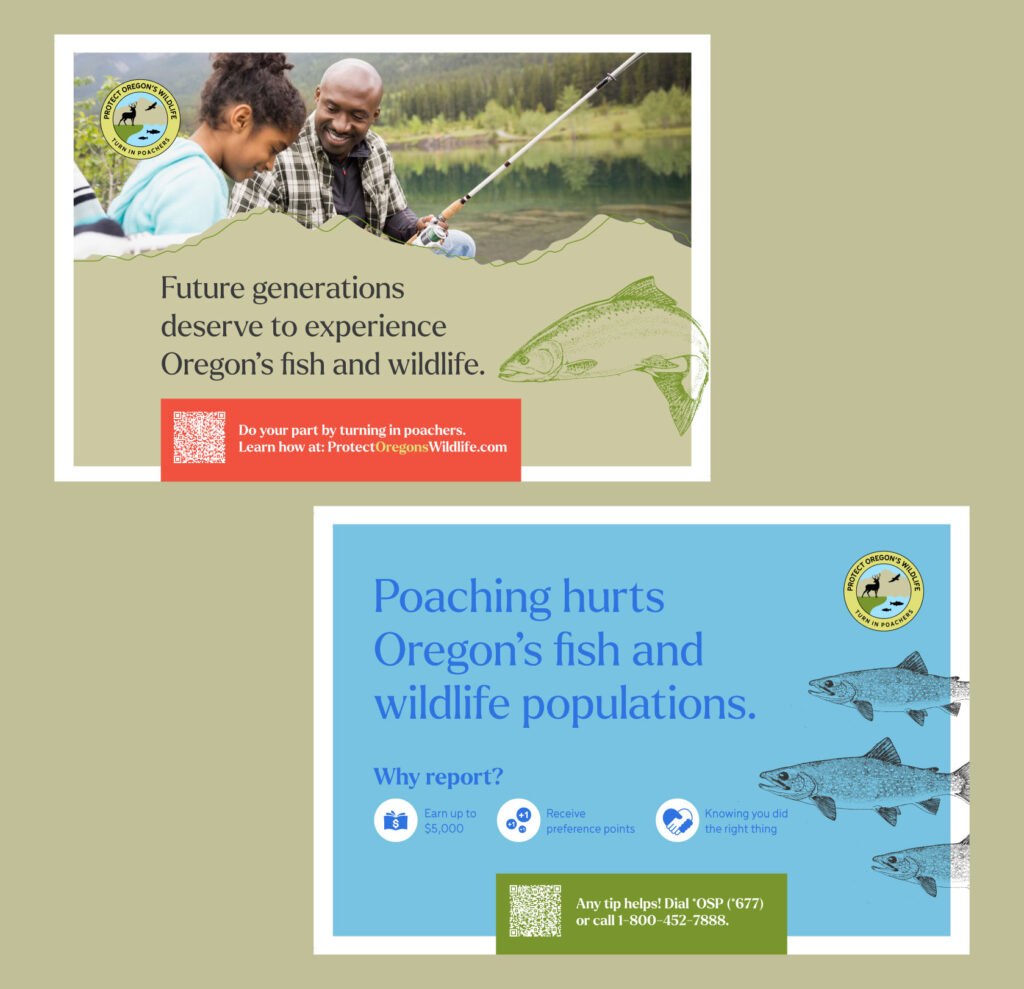
The Results
The campaign leveraged ODFW and partners’ social channels for organic reach, while earned media, through local announcements and news about prosecuted cases, reinforced the message in the news. Launched August 2023 and extending through November, the initial run of the campaign effectively increased awareness of poaching, equipped audiences with anti-poaching resources, and encouraged locals stand against poaching to protect Oregon’s wildlife for the next generation.
105,096
ad clicks
Our primary KPI was click-through rate. All assets exceeded industry standards.
9M
ad campaign views
What began in 2019 as a rally of various Oregon conservation groups to reduce the impact of poaching across the state, materialized in 2023 as a robust anti-poaching awareness campaign.
173
earned media clips
We used the program’s brand refresh to garner extensive earned media coverage, developed a proactive media pitching calendar to educate about poaching realities and hosted a media training for key spokespeople.
78,984
organic social impressions
Organic social content was developed to communicate anti-poaching messaging across ODFW’s owned social channels, like Facebook, Instagram and X.
103,741
website visits
The newly developed website features anti-poaching resources, highlights reward amounts and prompts audiences to report incidents to the TIP line.




